Once upon a time, the great American road trip demanded nothing more than a brimming tank of gas, a creased paper map, and an unquenchable thirst for adventure. That was before charging stations supplanted fuel pumps, before navigation necessitated technological fluency, and before the pure pleasure of the open highway became ensnared in a web of passwords and progress bars.
Seven Charging Apps, Frozen Screens & Where Rivian Saved the Day
Reddit user GoldenEagle828677 took to r/ElectricVehicles to talk about his experience with moving himself and his belongings from Northern Virginia to Southern Florida in a Jaguar I-Pace, he set off on a 1,000+ mile journey with a luxury EV, a car full of stuff, and a prayer that the charging infrastructure wouldn’t leave him stranded in rural Georgia.
“I had to constantly download apps!!
I now have 7 apps on my phone just for chargers. This is ridiculous.”
He wrote on the r/electricvehicles subreddit. And that’s before we even get to the actual charging.
To plan the trek, he used A Better Routeplanner, a favorite of the EV faithful. And to be fair, it lived up to its reputation, for a while.
“It plans the trip accurately and gives you lots of options.”
He admitted. But ABRP had the annoying habit of restarting the entire trip every time the phone locked or another app was opened.
U.S. EV Charging Infrastructure in 2025: 204K Ports, Network Shares & Growth Trajectory
- As of early 2025, the U.S. has over 204,000 public charging ports, reflecting a significant growth trajectory. This expansion is crucial to meet the anticipated demand from an estimated 33 million EVs projected to be on U.S. roads by 2030.
- Tesla leads with approximately 29,000 Supercharger ports, capturing a 57% share of the DC fast-charging market. Electrify America and EVgo follow, with 4,627 and 3,989 ports, respectively. Notably, EVgo has secured a $1.25 billion loan from the Department of Energy to install 7,500 fast chargers, emphasizing the federal commitment to expanding charging infrastructure.
- In a bid to broaden charging accessibility, seven major automakers, including GM, BMW, and Honda, have formed the IONNA joint venture. This initiative aims to deploy 30,000 high-power charging stations across North America, with the first locations expected to open by the end of 2024.
Imagine Waze telling you to head back to your starting point every time you paused for a bathroom break. “It was a pain,” he said, not exactly the tagline you’d want on your travel companion’s splash screen.
Charging stops? He made seven of them.
“If I were driving an ICE car, I would have made 3 or 4.”
He said. Each stop was a gamble, a different interface, a new app. Circle K's app froze on “initializing.” EV Go reset the charging if he dared unlock the car.
How Rivian’s Adventure Network Rescued A Jaguar I‑Pace
Blink's chargers weren’t labeled, forcing him to play "guess the port number." It wasn’t so much a road trip as it was a scavenger hunt where the prize was electricity.
But then, just when things looked bleak, salvation arrived, and it came from an unexpected source.
Advertising “I was very low on charge, and was concerned if [Rivian Adventure Network] would work with non-Rivians. But in fact, this was the best charger I came across.”
He said. No app. No account. No QR code to scan with the camera, you can’t use it because your phone’s already trying to run four other things. Just a credit card swipe and juice, plain and simple. It worked just like a gas pump, imagine that.
“All chargers should be like this.”
And he's right. The Rivian station, open to the public and designed with actual user sanity in mind, was the only moment of peace in an otherwise frenetic journey.
Notably missing from the trip? Electrify America, the network that, according to multiple Reddit commenters, could’ve handled the entire route.
“Odds are this entire trip could’ve been done on EA.”
One user pointed out. Others suggested Plugshare for pre-trip recon and a Tesla adapter for broader coverage. But that’s not really the issue. The issue is that using any EV charger should be simple. A nationwide infrastructure that demands users download apps on the spot, in areas with spotty reception, is a system built for failure. Or at least frustration.
ABRP Meets Rivian: Native In‑Vehicle Integration for Real‑Time EV Route Planning
- In June 2023, Rivian integrated the expertise of Iternio, the Swedish company behind ABRP, to bolster its electric vehicle navigation capabilities. This move aimed to seamlessly incorporate ABRP's advanced trip-planning features into Rivian's in-vehicle systems, enhancing the driving experience for Rivian owners.
- Following this collaboration, ABRP introduced native integration with Rivian's R1T and R1S models. This allows real-time data sharing, including state of charge, battery temperature, and driving patterns, enabling more accurate and personalized route planning for Rivian drivers.
- Despite the partnership, Rivian has maintained ABRP as a standalone app, ensuring its availability to all EV drivers, not just Rivian customers. This approach underscores Rivian's dedication to fostering an open and collaborative EV ecosystem.
And that’s the real shame. Because road trips are supposed to be about connection, not just to the landscape, but to the car itself. It’s when you learn what your vehicle really is: how it handles fatigue, how it delivers comfort, how it becomes a small, private world on the move. That’s what makes driving worthwhile.
“Leaving with a fully charged battery, the total cost of my trip was $131.81… if I drove a similar luxury ICE car, it would have been about double that.”
The I-Pace proved capable, efficient, and ultimately, rewarding. But the infrastructure, and the kludgy experience that comes with it, got in the way of that discovery.
Until charging becomes as seamless as fueling, every EV road trip is going to be a crash course in which app is best. The apps will multiply, the passwords will blur, and the spontaneity of hitting the open road will get drowned out by prompts to “update your payment method.”
What GoldenEagle828677’s trip reveals is that we don’t have a technology problem, we have a usability problem. And until that’s fixed, every electric adventure will come with a healthy dose of anxiety, punctuated by moments of pure, analog joy when something, finally, just works.
Have you ever taken a road trip in an EV? How did the trip go, and how did it compare to taking it with an ICE vehicle?
Let us know in the comments below.
Image Sources: Jaguar Media Center
Noah Washington is an automotive journalist based in Atlanta, Georgia. He enjoys covering the latest news in the automotive industry and conducting reviews on the latest cars. He has been in the automotive industry since 15 years old and has been featured in prominent automotive news sites. You can reach him on X and LinkedIn for tips and to follow his automotive coverage.



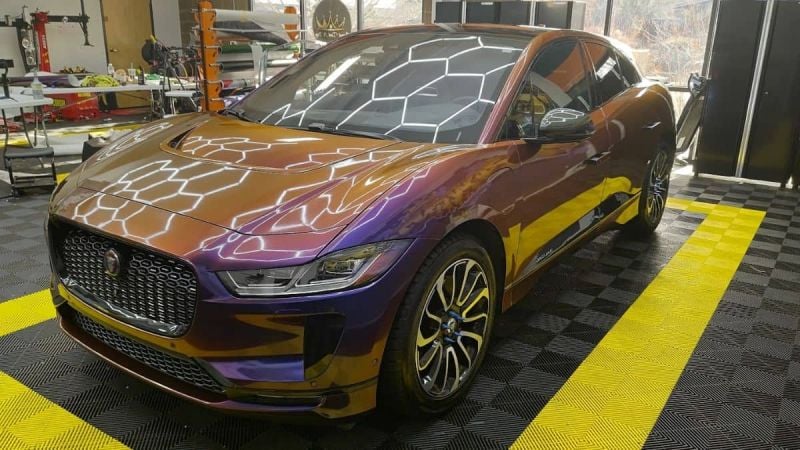




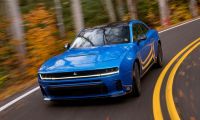

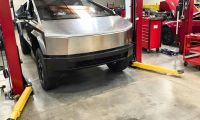
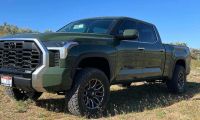
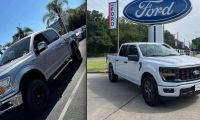
Comments
Please look up the…
Permalink
Please look up the definition of "supplant" and think again about making such an obviously idiotic statement.